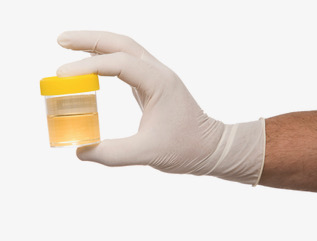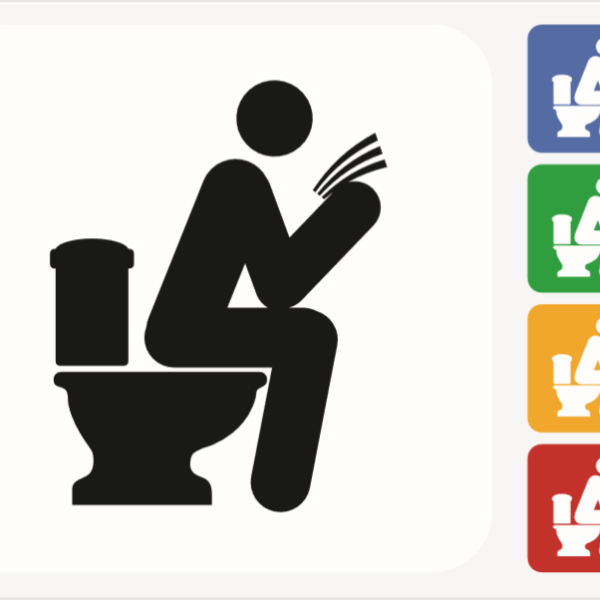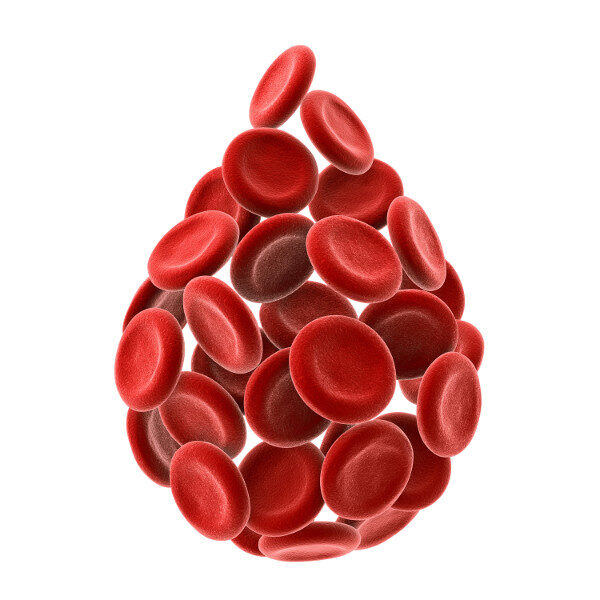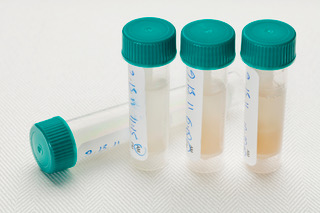There are 20 products
Default sorting
-
Amino Acid Profile – Mosaic Diagnostics Urine Test
$345.00The Amino Acids Urine Test offers important clinical data on metabolic, nutritional, and neurological disorders. The test analyzes 40 amino acids and provides a detailed explanation of the possible causes and consequences of detected abnormalities,… -
Comprehensive Stool Analysis with Parasitology (Doctor’s Data)
$560.00Comprehensive Stool Analysis + Parasitology This test is useful for Gastrointestinal Symptoms Autoimmune Disease IBD/IBS Inflammation Food Sensitivities Nutritional Deficiencies Joint Pain Infections Viruses -
Cyrex – 7x Expanded Neurological Autoimmune Reactivity Screen
$525.00Cyrex Array 7X Expanded assists in the early detection of neuro-autoimmunity and can help evaluate severity of the autoimmune response in various neurological conditions such as ataxia, neuropathy, and demyelinating conditions. It can also be… -
Cyrex Alzheimer’s LINX – Alzheimer’s-Associated Immune Reactivity
$675.00Cyrex's Alzheimer's LINX - Alzheimer's Associated Immune Reactivity The results from your Alzheimer’s LINX™ test provide personalized information regarding environmental and physiological risk factors that may play a role in the development of Alzheimer’s disease.… -
Cyrex Array 10 Multiple Food Immune Reactivity Screen
$595.00Cyrex Array 10 May be useful when evaluating immune reactions to foods, raw and/or modified, food enzymes, lectins and artificial food additives, including meat glue, colorings and gums. Early detection of dietary-related triggers of autoimmune… -
CYREX ARRAY 12 – PATHOGEN ASSOCIATED IMMUNE REACTIVITY SCREEN
$495.00Cyrex Array 12 – Pathogen-Associated Immune Reactivity Screen™ Cyrex Array 12 assesses IgG immune reactivity to pathogens that are documented triggers or exacerbators of autoimmunity. Tick-borne pathogens are obvious triggers of Lyme disease, however there… -
Dutch Plus Female & Male Hormone Urine & Saliva Test Kit
$495.00The DUTCH Plus Female & Male Hormone Test The DUTCH Plus Hormone Test takes hormone testing to a new level. In addition to sex hormones and their metabolites, the DUTCH Complete™ looks at the overall… -
GI-MAP (with Zonulin) Test Kit – Diagnostic Solutions
$495.00The GI Map looks for opportunistic organisms, normal flora, fungi, parasites, and antibiotic resistance genes as well as immunologic markers for gut health and function including SIgA, Elastase, Calprotectin, Anti-gliadin and zonulin testing. If you… -
GI-MAP Test Kit (without Zonulin) Diagnostic Solutions
$415.00GUT BRAIN CONNECTION The GI-MAP™ from Diagnostic Solutions measures opportunistic organisms, normal flora, fungi, parasites, and antibiotic resistance genes as well as immunologic markers for gut health and function. Diagnostics Solutions has proven invaluable when… -
Glyphosate Test Urine Test Kit – Mosaic Diagnostics
$135.00Online Lab testing for Glyphosate is now available. Glyphosate is the world’s most widely produced herbicide and is the primary toxic chemical in Roundup™, as well as in many other herbicides. In addition, it is… -
H. Pylori Profile Test
$150.00H.Pylori Profile (Stool Test) Diagnostic Solutions Kit Mailed Directly to You! Helicobacter Pylori (H.Pylori) is gram-negative bacteria found in the stomach. Research has estimated that approximately half the world's population is infected by H.Pylori, making… -
Heavy Metals Test – Mosaic Diagnostics Urine Test Kit
$289.00WHY CHOOSE MOSAIC DIAGNOSTICS HEAVY METALS URINE TEST? Urine toxic and essential elements analysis is an invaluable tool for the assessment of retention of toxic metals in the body and the status of essential nutrient… -
IgG Food Allergy Test with Candida – Mosaic Diagnostics Blood Spot Test Kit
$325.00ASSESSES 190 FOODS Including Hemp as a Food Source as Medical CBD Includes a wide range of foods, common in the Western, Asian, and Mediterranean diets. We have added a hemp allergy marker because it… -
Metals Hair Analysis – Mosaic Diagnostics Test Kit
$225.00Heavy metals toxicity caused by increasing levels of pollution and use of chemicals in industry is a growing threat to our health and development of our children. High levels of toxic metals deposited in body… -
Microbial Organic Acid Test (MOAT) – Mosaic Diagnostics Urine Test Kit
$245.00The Microbial Organic Acids Test (MOAT) is included in the Organic Acids Test (OAT) and indicates the metabolites produced by yeast and bacteria. Elevated test values are related to yeast or bacterial dysbiosis. The MOAT… -
Mosaic Mycotox / OAT Combo Test
$595.00Mosaic Diagnostics uses state-of-the-art liquid chromatography-mass spectrometry (LC-MS/MS) technology, Mosaic Diagnostics Mycotoxin test is a very sensitive test. This is important because mycotoxins can cause serious health issues even in small quantities. Mosaic Diagnostics MycoTox… -
MycoTox Mold Profile – Mosaic Diagnostics Urine Test Kit
$325.00Mycotoxins - Mold - Toxins Mycotoxins are metabolites produced by fungi like mold, which can infest buildings, vehicles, and foodstuffs. A majority of mycotoxin exposures are through food ingestion or airborne exposure. This test MycoTOX… -
Organic Acids Test (OAT) – Mosaic Diagnostics Urine Test Kit
$355.00The Organic Acids Test (OAT) provides an accurate evaluation of intestinal yeast and bacteria. Abnormally high levels of these microorganisms can cause or worsen behavior disorders, hyperactivity, movement disorders, fatigue and immune function. Many people… -
PORPHYRINS PROFILE – Mosaic Diagnostics Urine Test Kit
$345.00PORPHYRINS PROFILE Porphyrins are generated as the body builds hemoglobin, the compound that carries oxygen in blood cells. Porphyrin (from the Greek word for purple) is made up of four ring compounds joined together, a… -
Vitamin D 25 (OH) GPL Blood Spot Test Kit – Mosaic Diagnostics
$80.00Vitamin D testisng is used to: Determine if bone metabolism is compromised or if abnormal metabolism of calcium is occurring as a result of a deficiency or excess of vitamin D. Monitor parathyroid functioning since…
Showing all 20 results




